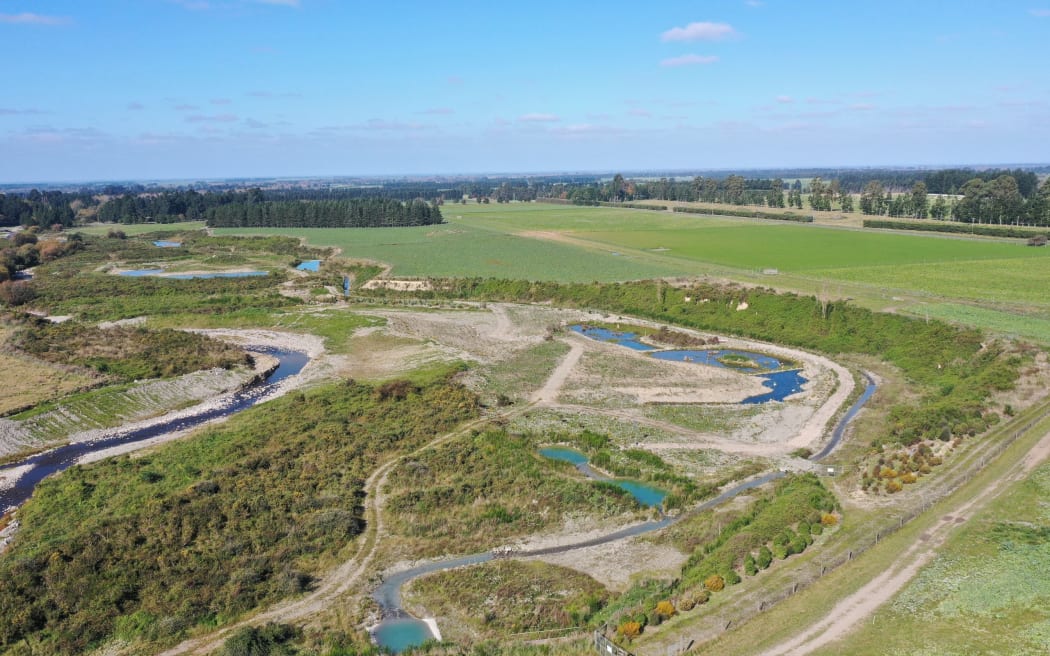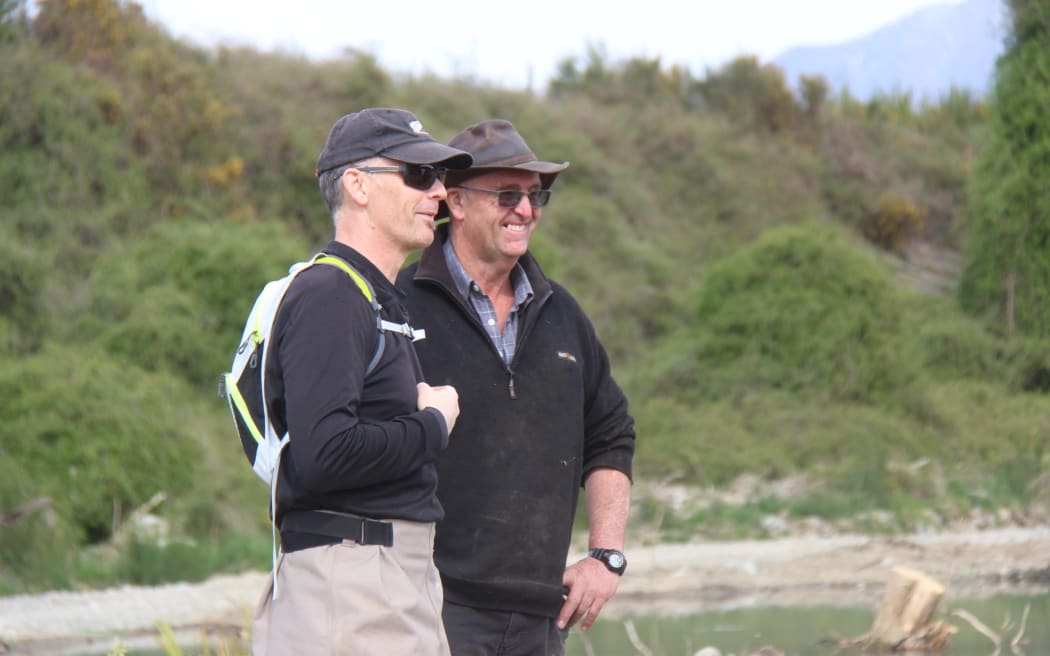Expansion plans for New Zealand's largest water rehab project

A major water improvement scheme in Canterbury is showing promising results, and is set to get bigger with plans for even more sites to be added.
Leases have been granted on two new mid Canterbury sites for the Hekeao/Hinds Water Enhancement Trust - the country's largest managed groundwater rehabilitation project - and renewal of use has been granted for a third site.
The developments will allow the trust to continue work on improving groundwater and river quality in the area.

Hekeao/Hinds Water Enhancement Trust (HHWET) chairperson Peter Lowe said gaining the leases was a step forward in plans for expansion and continued positive impact on the health of the ecosystem.
"Our year six annual report clearly shows that the projects undertaken by HHWET, in line with its goals, can and do make a positive difference to the Hekeao Hinds Catchment," Lowe said.
HHWET executive director Brett Painter said that while water quality got a lot of focus, HHWET aimed to improve "the quality and the quantity, the critters in there, the whole picture - the whole ecosystem".
The community group was set up to manage large scale groundwater rehabilitation projects across the Hekeao/Hinds Plains. These projects include managed aquifer recharge (MAR), near river recharge (NRR), and targeted stream augmentation.
They aim to enhance groundwater quality and improve baseflows to spring-fed streams and rivers, to improve ecological, cultural, and social values and to improve and sustainably manage groundwater storage levels.
A key indicator of the project success was the Hinds River, Painter said.
"Where we have made the most measurable difference is in the Hinds River because that system moves quickly while groundwater systems move incredibly slowly and are vast."

Analysis of annual average flow at a site before and after MAR/NRR had produced a 112 percent increase in average flow for 2020/21, versus a 2015/16 'dry' year comparison, he said: "We more than doubled the flow and that will have had a significant impact".
HHWET started with just one MAR pond in 2016 and had expanded its site numbers to 15.
They had applied to Environment Canterbury for resource consent to operate MAR sites at 34 locations, 14 existing and 20 new sites.
"We will stage the next phase once consents are confirmed," Painter said.
Once the resource consents are obtained, HHWET intends to construct soakage pits on each site for managed aquifer recharge (MAR).
MAR sites are infiltration basins that act like big leaky ponds. They are filled with water that seeps down and recharges the groundwater, and in turn enhances quality and replenishes aquifers.
At the pilot site, groundwater nitrate levels were between 6 and 7 mg/l before the project started, and 1.2-2.2mg/l when the site is operational.
"We can expect similar concentrations immediately down-gradient from other MAR sites," Painter said.
Granting the three leases was Environment Canterbury's latest contribution to HHWET's efforts, after the council earlier provided the use of council-consented but unused stockwater, funds, and use of council land for projects.
Residents in the area contribute to the project through an Environment Canterbury targeted rate, currently the trust's only source of funds after money from the Provincial Growth Fund ended last year.
Local Democracy Reporting is Public Interest Journalism funded through NZ On Air